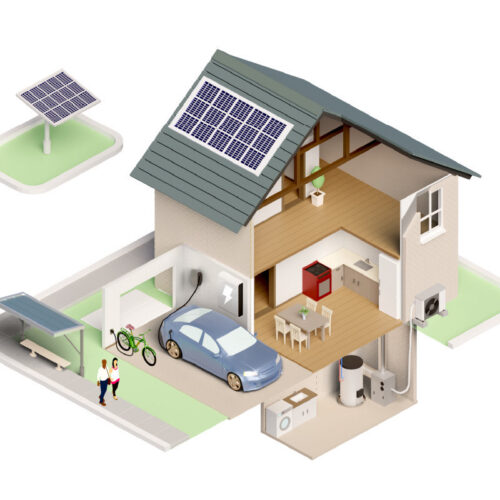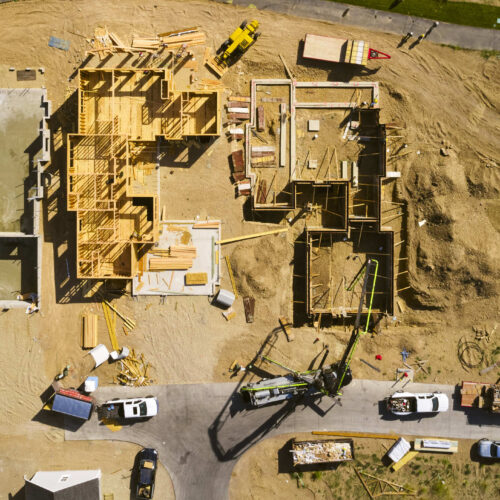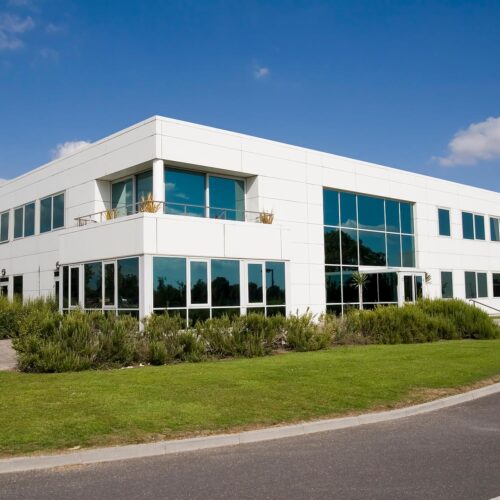
Insights
Filter by Topic
Filter By Type
AllTenant Protections
RMI and Wells Fargo Foundation are hosting a series of four workshops focused on decarbonizing affordable housing across four key markets: Atlanta, Minneapolis/St. Paul (MSP), New York City (NYC), and Washington, D.C.
Multifamily Affordable Housing Decarbonization Toolkit
RMI and Wells Fargo Foundation are hosting a series of four workshops focused on decarbonizing affordable housing across four key markets: Atlanta, Minneapolis/St. Paul (MSP), New York City (NYC), and Washington, D.C.
At Last, a Residential Modeling Tool for Energy Professionals
RMI’s industry-tested Green Upgrade Calculator analyzes the economic and climate impacts of common household solutions that reduce emissions.
Decarbonizing Concrete Infrastructure Projects
How state departments of transportation can leverage the federal government’s $1.2 billion Low Carbon Transportation Materials (LCTM) program.
The Road to Decarbonization: Unlocking State DOT Concrete Specifications
Introduction In recent years, state Departments of Transportation (DOTs) across the United States have made progress to reduce the embodied carbon impact of concrete construction by deploying high-performance concrete mixes that reduce the most emissions-intensive…
RMI Launches HomebuildersCAN to Tackle Embodied Carbon in North American Homes
RMI Launches HomebuildersCAN to Tackle Embodied Carbon in North American Homes The Carbon Action Network provides a community of practice for homebuilders to learn about embodied carbon and adopt sustainable construction practices using materials that…
Financing Building Decarbonization
RMI conducted a bottom-up carbon analysis of the US building stock to determine the relative operational emissions for each segment.




